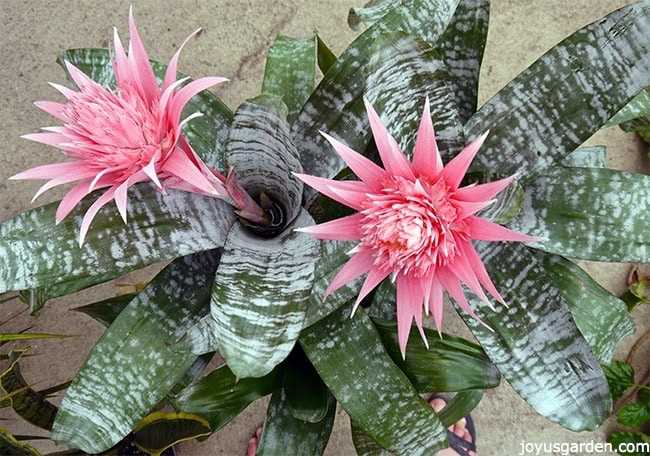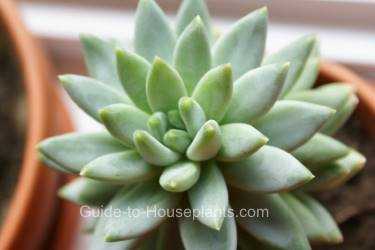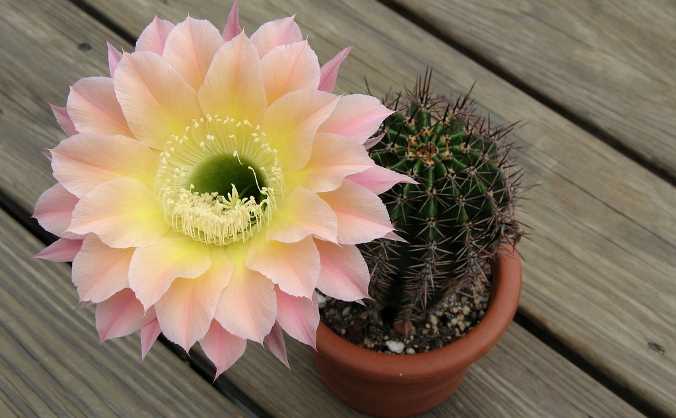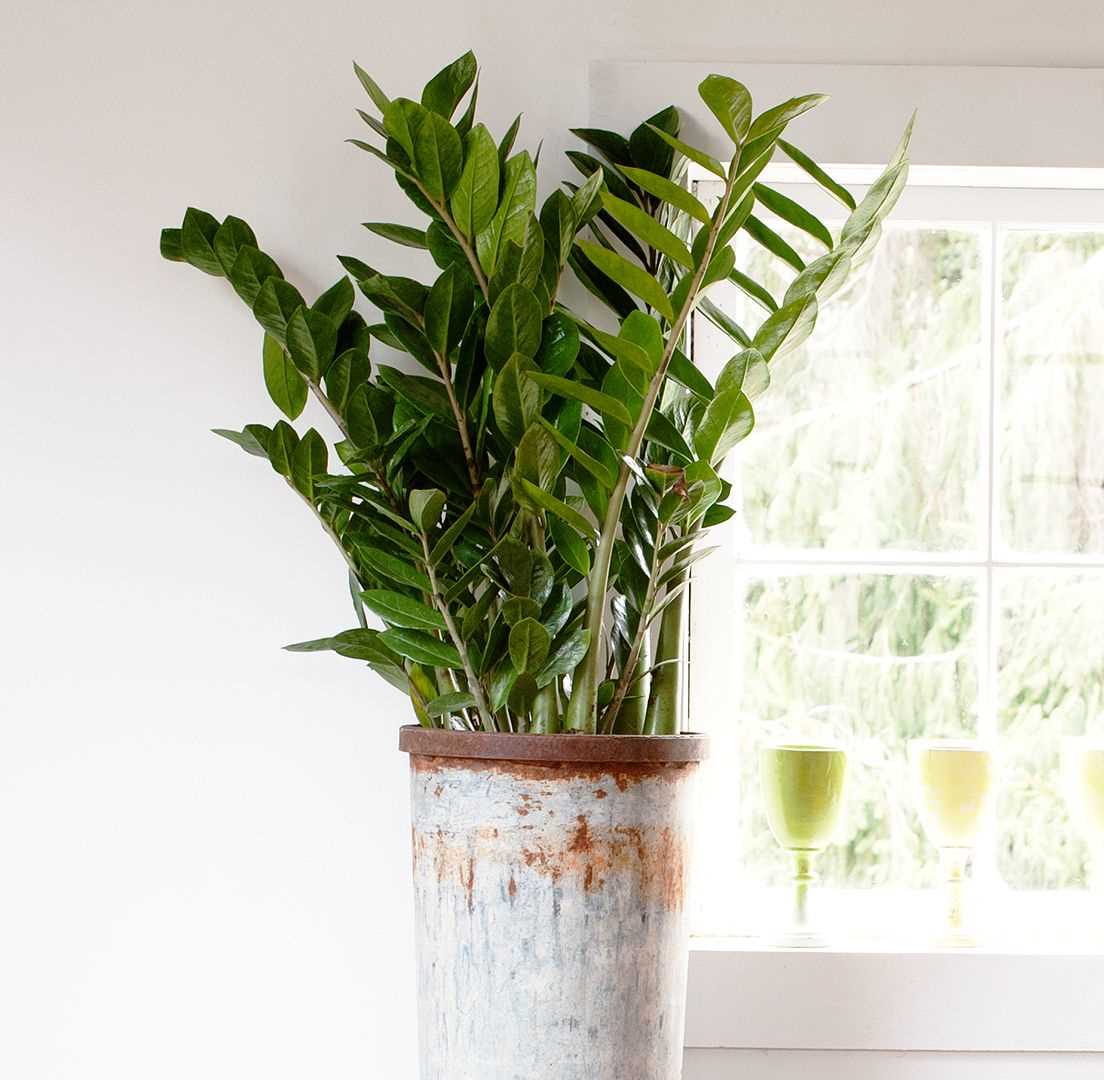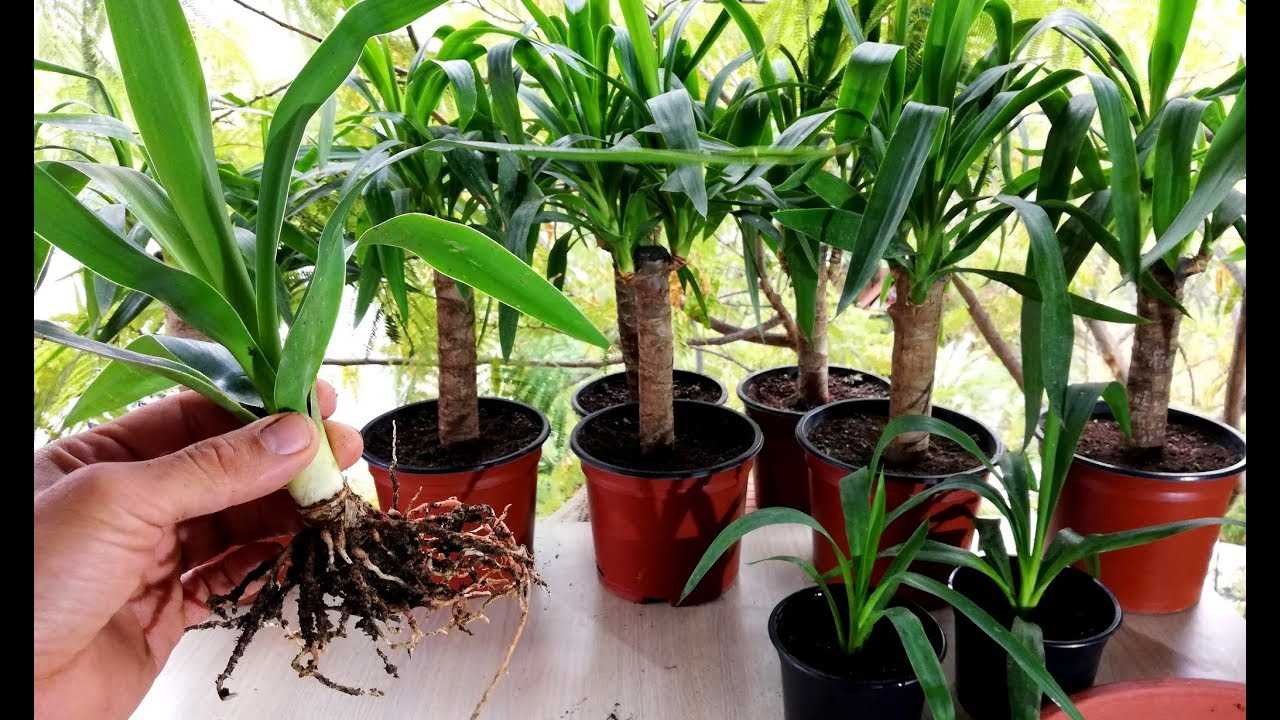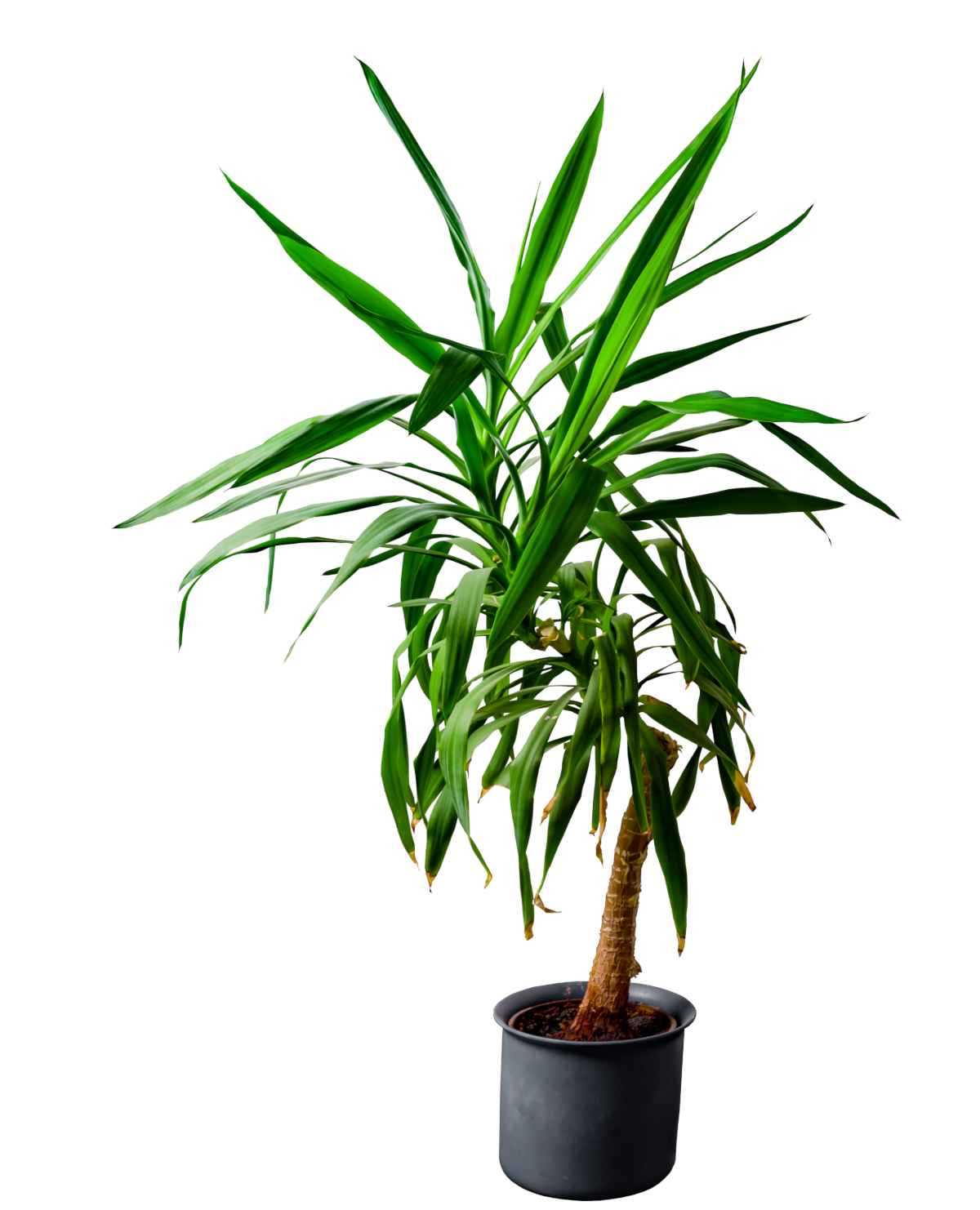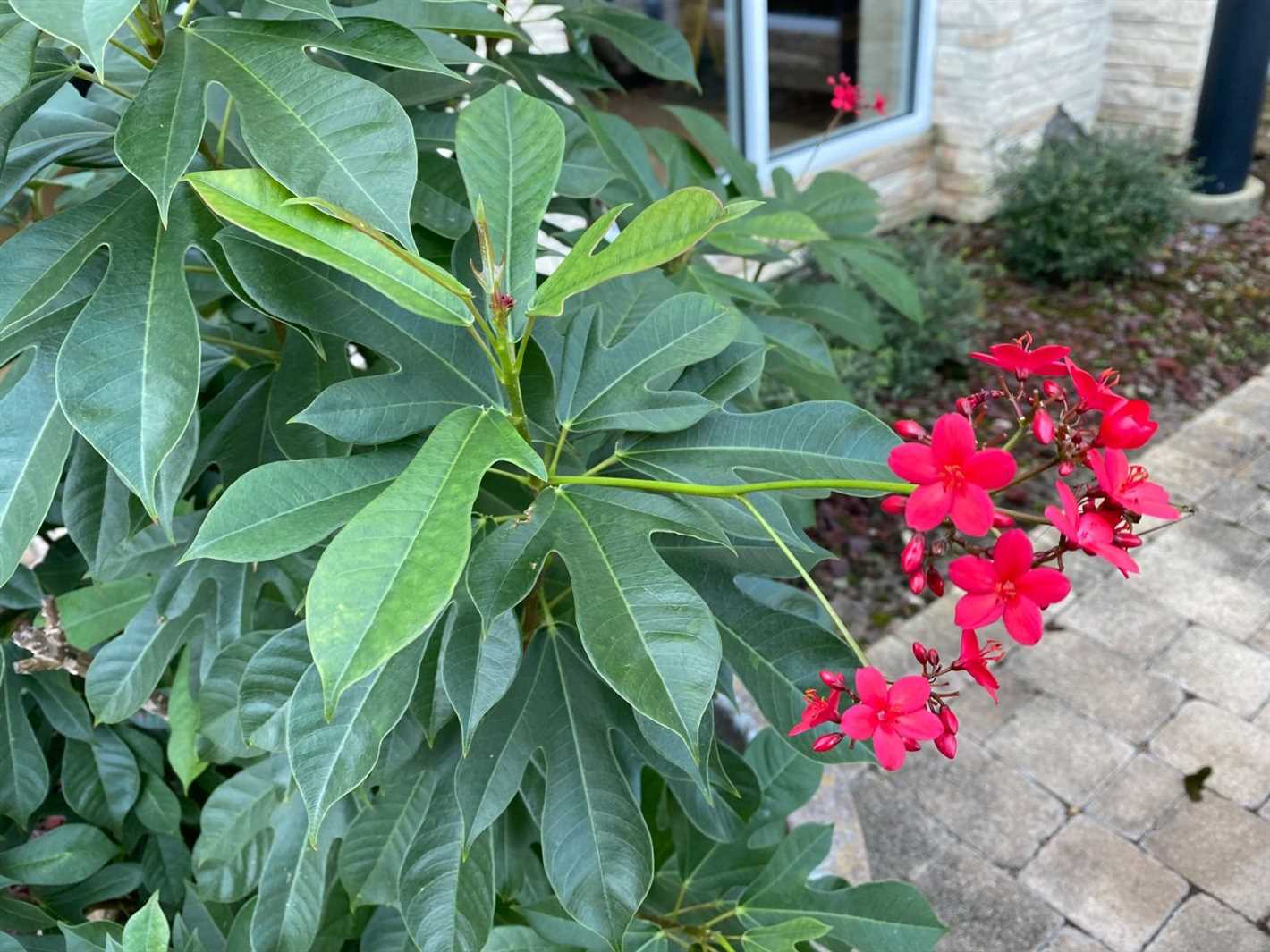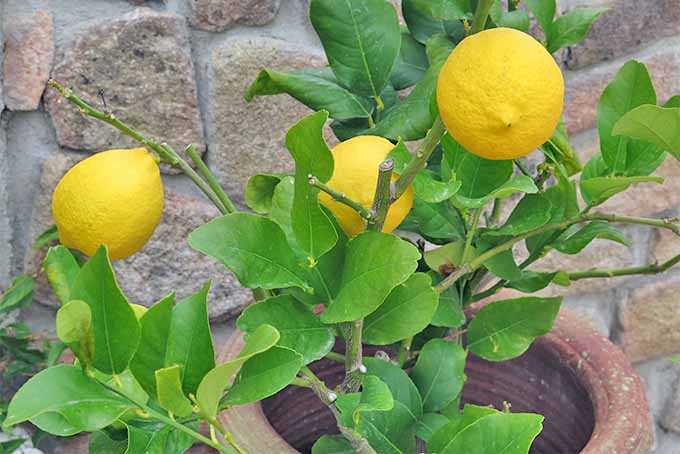- Pickling Begonia Everblooming: Preserving Flowers with a Unique Approach
- The Pickling Process
- Materials Needed
- Pickling Process Steps
- Displaying Pickled Everblooming Begonias
- Conclusion
- Understanding Pickling as a Preservation Method
- The Pickling Process
- The Benefits of Pickling Flowers
- Conclusion
- The Benefits of Pickling Begonia Everblooming
- 1. Longevity
- 2. Immortality
- 3. Versatility
- 4. Unique Aesthetic
- 5. Cost-Effective
- 6. Sentimental Value
- 7. Sustainability
- Step-by-step Guide to Pickling Begonia Everblooming
- Materials You’ll Need:
- Step 1: Prepare the Pickling Solution
- Step 2: Harvest the Begonia Everblooming Flowers
- Step 3: Prepare the Glass Jars
- Step 4: Arrange the Begonia Everblooming Flowers in the Jars
- Step 5: Store and Age the Pickled Flowers
- Step 6: Display or Use the Pickled Begonia Everblooming Flowers
- Tips and Tricks for Successful Pickling
- Creative Ways to Use Pickled Begonia Everblooming
- 1. Floral Arrangements
- 2. Unique Jewelry
- 3. Potpourri
- 4. Homemade Cards
- 5. Culinary Delights
- 6. Table Centerpieces
- 7. Edible Cake Decorations
- 8. Resin Art
- Frequently Asked Questions about Pickling Begonia Everblooming
- What is pickling Begonia Everblooming?
- How long does pickled Begonia Everblooming last?
- Can I eat pickled Begonia Everblooming?
- Can I use any type of Begonia for pickling?
- Are there any special care instructions for pickled Begonia Everblooming?
- Can pickled Begonia Everblooming be used for floral arrangements?
- Can I pickle other types of flowers using the same method?
- Where can I learn more about pickling Begonia Everblooming?
- Q&A:
- What is pickling begonia everblooming?
- How does pickling begonia everblooming work?
- What are the benefits of pickling begonia everblooming?
- Are there any specific types of begonia that are suitable for pickling?
- What is the process of pickling begonia everblooming?
- Video: how to grow begonias || begonia plant care || begonia flower || Begonia || begonia plant
Preserving the beauty of flowers has always been a challenge for floral enthusiasts. Traditional methods like drying and pressing often result in flowers losing their color and shape. However, a new technique called pickling begonia everblooming is revolutionizing the art of flower preservation. This unique approach not only maintains the natural vibrancy of the flowers but also extends their lifespan significantly.
So, how does pickling begonia everblooming work? The process involves immersing the flowers in a solution of water, vinegar, and a mix of natural preservatives. The acidic properties of the vinegar help to break down the cell structure of the flowers, enabling them to absorb the preservatives more effectively. This results in the flowers retaining their original color and shape, even after months of preservation.
The benefits of pickling begonia everblooming are not limited to preserving the beauty of flowers. The technique also allows for the exploration of unique floral arrangements and displays. As the flowers are preserved in their natural state, they can be molded and shaped to create stunning creations that would be impossible with fresh flowers.
In addition to its aesthetic appeal, pickling begonia everblooming also offers practical advantages. Preserved flowers do not require regular watering or maintenance, making them an ideal choice for busy individuals or those with limited outdoor space. Furthermore, the extended lifespan of pickled flowers allows for year-round enjoyment, even in climates where certain flowers may not bloom naturally.
With its ability to preserve the natural beauty of flowers while offering endless creative possibilities, pickling begonia everblooming is truly a game-changer in the field of floral preservation. Whether you are a floral enthusiast or simply appreciate the beauty of flowers, this unique technique opens a world of possibilities for enjoying and displaying flowers in a whole new way.
Pickling Begonia Everblooming: Preserving Flowers with a Unique Approach
Preserving flowers can be a beautiful way to cherish special moments or create unique decorative pieces. The process of pickling is one such approach that can help preserve flowers for longer periods of time, including begonia everblooming.
The Pickling Process
Pickling flowers involves submerging them in a combination of water, vinegar, and salt, creating an acidic solution that helps preserve the flowers’ natural beauty. The acidic environment inhibits bacteria and fungi growth, helping to keep the flowers intact for an extended period.
Materials Needed
To pickle begonia everblooming flowers, you will need the following materials:
- Fresh begonia everblooming flowers
- Glass jars or containers
- Water
- Vinegar
- Salt
Pickling Process Steps
- Gather fresh begonia everblooming flowers. Ensure they are in prime condition and free from any damage or decay.
- Prepare the pickling solution by mixing one part vinegar with three parts water. Add a tablespoon of salt to the mixture and stir until the salt is dissolved.
- Trim the stems of the begonia everblooming flowers to the desired length.
- Place the flowers in the glass jars or containers, ensuring they are completely submerged in the pickling solution. You may need to use weights or small rocks to keep the flowers submerged.
- Seal the jars or containers with airtight lids to prevent any air exposure.
- Store the pickled flowers in a cool, dark place for a few weeks, allowing the pickling solution to work its magic. The longer the flowers stay immersed, the better the preservation.
- After the desired pickling time has passed, carefully remove the flowers from the solution and gently pat them dry. They are now ready to be displayed or used in various crafts.
Displaying Pickled Everblooming Begonias
Pickled begonia everblooming flowers can be displayed in various ways to showcase their unique beauty. Here are some ideas:
- Create a floral arrangement by arranging the pickled flowers in a vase or other decorative container.
- Attach individual pickled flowers to a wreath or garland for a distinctive touch.
- Use the preserved flowers in art projects, such as creating pressed flower frames or shadow boxes.
- Add a few pickled flowers to a bowl of potpourri to enhance its visual appeal.
Conclusion
The unique approach of pickling begonia everblooming flowers offers a fascinating way to preserve their beauty and extend their lifespan. By following the pickling process and displaying the preserved flowers creatively, you can enjoy the charm of these flowers for months or even years to come.
Understanding Pickling as a Preservation Method
Pickling is a preservation method that has been used for centuries to extend the lifespan of various foods, such as vegetables, fruits, and meats. This process involves immersing the food in a solution containing vinegar or brine, along with various herbs and spices, to create a flavorful and long-lasting product. While pickling is commonly associated with food preservation, it can also be used to preserve flowers, such as the Begonia Everblooming.
The Pickling Process
When it comes to preserving flowers through pickling, the process is similar to pickling food. The flowers, in this case, are carefully selected and prepared to ensure they are in their prime condition. They are then submerged in a pickling solution, which typically consists of vinegar, water, salt, sugar, and various aromatic spices or herbs.
The flowers are left in the pickling solution for a period of time to allow the flavors and preservative properties of the solution to penetrate the flowers. This time can vary depending on the specific type of flower being pickled and the desired outcome. After the pickling process, the flowers are removed from the solution and can be used for various purposes, such as decorative arrangements or even culinary uses.
The Benefits of Pickling Flowers
Preserving flowers through pickling offers several benefits. Firstly, it allows the flowers to retain their natural beauty, color, and shape for an extended period of time, often several months or even years. This is particularly useful for flowers like the Begonia Everblooming, which are known for their delicate blooms and vibrant colors.
In addition to preserving the visual appeal of the flowers, pickling also enhances their scent. The aromatic spices and herbs used in the pickling solution infuse the flowers with pleasant fragrances, making them even more appealing for decorative or culinary purposes.
Pickled flowers can also serve as a unique and memorable gift or keepsake. Their preserved state allows them to be enjoyed long after they would have naturally withered and faded, serving as a constant reminder of special moments or occasions.
Conclusion
Pickling is a traditional preservation method that has found applications beyond the realm of food. By understanding the pickling process and its benefits, it becomes clear how pickling can be used to preserve the beauty, fragrance, and sentimental value of flowers like the Begonia Everblooming. Whether it’s for decorative purposes, culinary exploration, or sentimental keepsakes, pickling flowers offers a unique approach to preserving nature’s delicate creations.
The Benefits of Pickling Begonia Everblooming
Preserving flowers is a popular practice that allows us to enjoy the beauty and elegance of our favorite blooms for a longer period of time. While there are various methods of preserving flowers, pickling Begonia Everblooming is a unique approach that offers several benefits.
1. Longevity
When flowers are pickled, they undergo a preservation process that helps extend their lifespan significantly. Unlike traditional methods like drying or pressing, pickling allows the flowers to maintain their original shape, color, and fragrance for an extended period, often several months or even years.
2. Immortality
By pickling Begonia Everblooming flowers, we can create everlasting floral arrangements that will never wilt or wither. This is particularly beneficial for special occasions or sentimental moments when we want to preserve the beauty and significance of the blooms forever.
3. Versatility
Pickled Begonia Everblooming flowers can be used in various ways, giving us endless possibilities for incorporating them into our home decor. They can be displayed in vases, used to make unique jewelry pieces, or even incorporated into framed artwork. The preserved flowers can add a touch of elegance and nature to any space.
4. Unique Aesthetic
The pickling process gives Begonia Everblooming flowers a unique aesthetic appeal. The flowers take on a translucent appearance, which adds a touch of delicacy and charm. This makes them a great choice for creating eye-catching arrangements or unique decorative pieces.
5. Cost-Effective
In comparison to purchasing fresh flowers regularly, pickling Begonia Everblooming flowers can be a cost-effective option. You can buy the flowers once and enjoy their beauty for an extended period without the need for constant replacement. This makes pickled Begonia Everblooming flowers a sustainable and budget-friendly choice.
6. Sentimental Value
Preserving flowers through pickling can also hold sentimental value. Whether it’s a bouquet received on a special occasion or flowers from a loved one who has passed, pickling allows us to hold onto the memories associated with these blooms and cherish them forever.
7. Sustainability
Pickling Begonia Everblooming flowers is a sustainable option as it reduces waste. Instead of discarding wilted flowers, pickling allows us to transform them into beautiful preserved pieces. This practice aligns with the growing trend of sustainable living and minimizing our environmental impact.
In conclusion, pickling Begonia Everblooming flowers offers numerous benefits, including longevity, immortality, versatility, a unique aesthetic, cost-effectiveness, sentimental value, and sustainability. This method allows us to enjoy the beauty of these blooms for an extended period while preserving their natural charm and significance.
Step-by-step Guide to Pickling Begonia Everblooming
Materials You’ll Need:
- Pickling solution (vinegar, water, salt)
- Begonia everblooming flowers
- Glass jars with lids
- Knife or scissors
- Optional: food coloring or scented oils
Step 1: Prepare the Pickling Solution
- Mix equal parts vinegar and water in a bowl.
- Add salt to the mixture and stir until dissolved.
- Optional: add a few drops of food coloring or scented oils for additional color or fragrance.
Step 2: Harvest the Begonia Everblooming Flowers
- Select healthy and vibrant Begonia everblooming flowers.
- Use a knife or scissors to carefully cut the flowers from the plant, leaving a short stem.
Step 3: Prepare the Glass Jars
- Thoroughly clean the glass jars and their lids with soap and water.
- Make sure the jars are completely dry before using.
Step 4: Arrange the Begonia Everblooming Flowers in the Jars
- Carefully place the cut begonia flowers into the jars, ensuring they are not too tightly packed.
- Fill the jars with the pickling solution, covering the flowers completely.
Step 5: Store and Age the Pickled Flowers
- Tightly close the lids of the jars.
- Store the jars in a cool and dark place, away from direct sunlight.
- Allow the begonia everblooming flowers to pickle for at least two weeks to a month. The longer they pickle, the stronger the scent and color will become.
Step 6: Display or Use the Pickled Begonia Everblooming Flowers
- After the pickling process, the flowers can be displayed in the jars or used for various crafts and decorations.
- Use the pickled begonia everblooming flowers in floral arrangements, wreaths, or even as potpourri.
Remember to label the jars with the date of pickling for future reference. Enjoy the unique beauty and preserved scent of your pickled begonia everblooming flowers!
Tips and Tricks for Successful Pickling
- Choose the right flowers: When picking flowers for pickling, it’s important to choose varieties that are fresh, vibrant, and free from any diseases or pests. Select flowers that have fully bloomed but are not yet past their prime.
- Harvest at the right time: The best time to harvest flowers for pickling is in the morning when the blooms are at their freshest. Avoid harvesting flowers that are wet or damp from morning dew or rain, as this can lead to waterlogged pickles.
- Prepare the brine: Brine is a crucial component of the pickling process. To make a basic brine, combine equal parts vinegar and water in a saucepan, along with the desired amount of salt and sugar. Bring the mixture to a boil and let it cool before using.
- Use proper sterilization techniques: Ensure that all equipment, including jars, lids, and utensils, are properly sterilized. This helps prevent the growth of harmful bacteria and extends the shelf life of the pickles.
- Experiment with flavors: Pickling doesn’t have to be limited to traditional flavors. Try adding spices, herbs, or even citrus zest to the brine to create unique and interesting flavor profiles.
- Pack the jars tightly: When placing the flowers in the jars, make sure to pack them tightly to avoid air pockets. This helps ensure that the brine fully penetrates the flowers and maximizes flavor.
- Patience is key: Pickles need time to properly pickle. Allow the flowers to sit in the brine for at least a few weeks before consuming them. This allows the flavors to develop and intensify.
- Store properly: Once the pickles are ready, store them in a cool, dark place away from direct sunlight. This helps preserve their color, flavor, and texture.
- Get creative: Don’t be afraid to get creative with your pickling. Experiment with different flower varieties, brine recipes, and presentation styles to find what works best for you.
Creative Ways to Use Pickled Begonia Everblooming
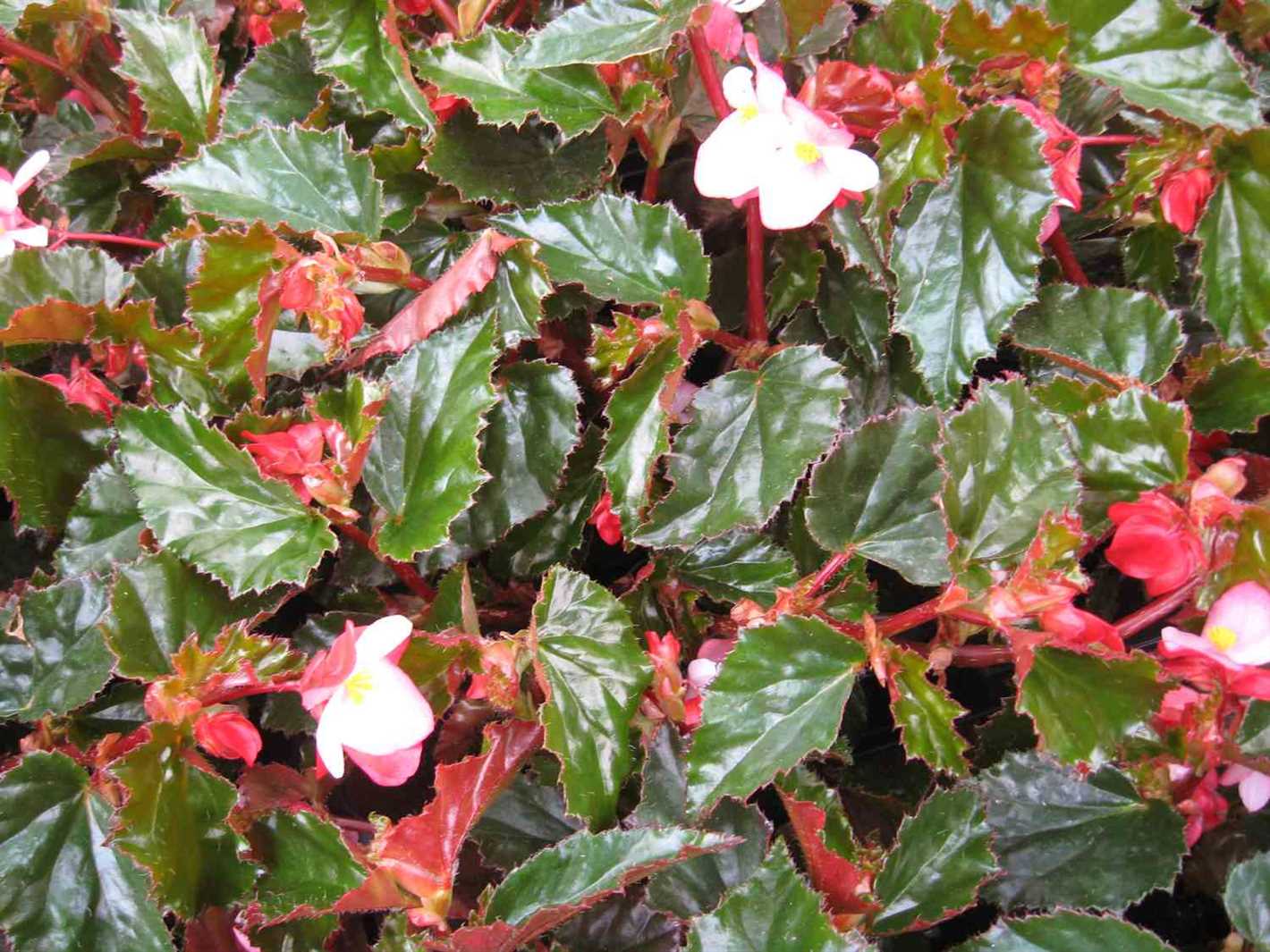
Pickled Begonia Everblooming flowers can be used in a variety of creative ways to add a unique touch to your home decor, gifts, or even culinary creations. Here are some ideas to inspire you:
1. Floral Arrangements
Add a pop of color and an unexpected twist to your floral arrangements by incorporating pickled Begonia Everblooming flowers. They will add a touch of whimsy and make your arrangement stand out from the crowd.
2. Unique Jewelry
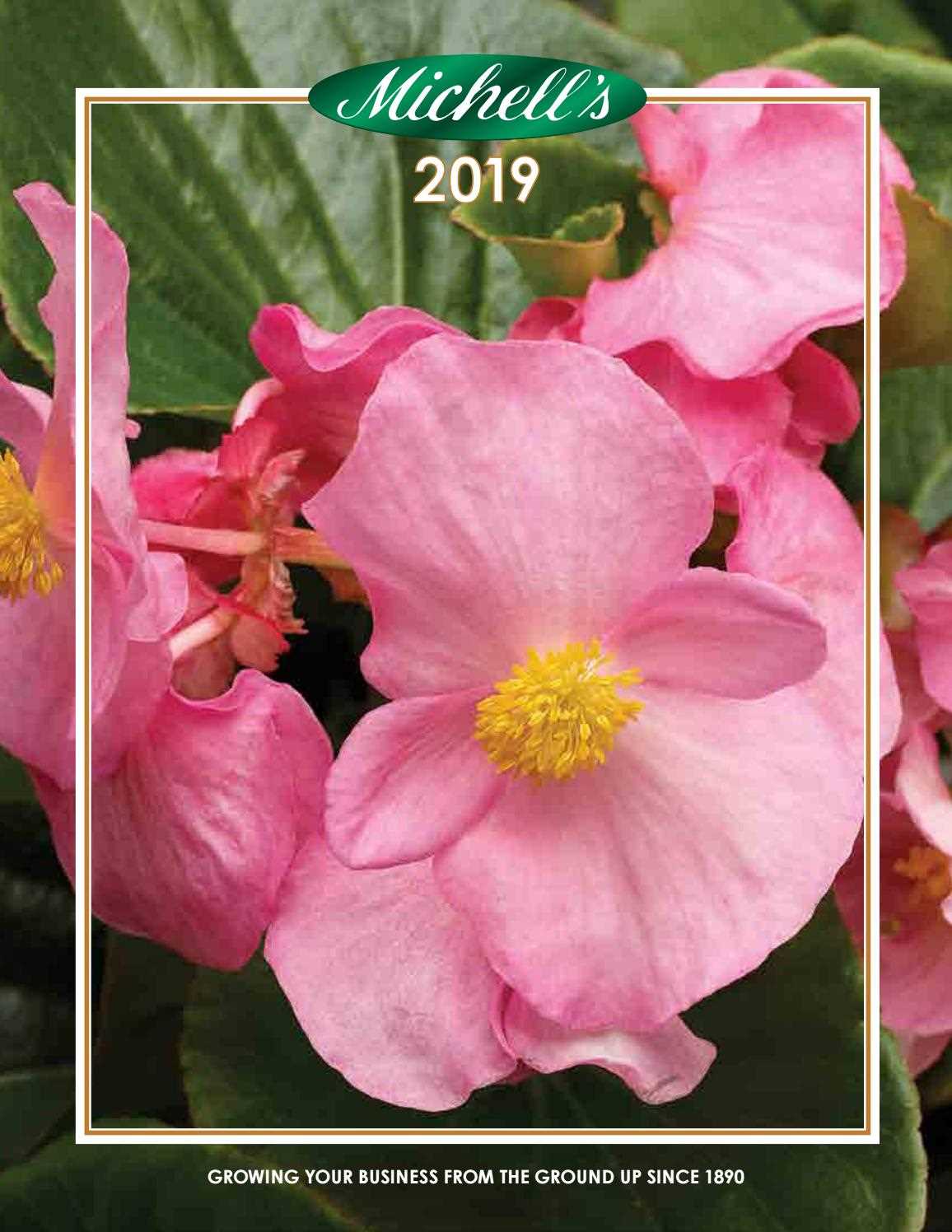
Turn pickled Begonia Everblooming flowers into beautiful and one-of-a-kind jewelry pieces. You can use them to create earrings, necklaces, bracelets, or even decorative pins. Their vibrant colors and distinctive shapes will add an artistic flair to any accessory.
3. Potpourri
Create your own custom potpourri blend by mixing pickled Begonia Everblooming flowers with other dried flowers and fragrant ingredients. The unique aroma and visual appeal of the pickled flowers will make your potpourri truly special.
4. Homemade Cards
Add a personal touch to your greeting cards by using pickled Begonia Everblooming flowers as decorative elements. They can be glued onto the card or used as embellishments for a textured and visually interesting design.
5. Culinary Delights
Surprise your guests with an unexpected twist by using pickled Begonia Everblooming flowers in your culinary creations. They can be used as a garnish for salads, cocktails, or desserts, adding a pop of color and a unique flavor.
6. Table Centerpieces
Create eye-catching table centerpieces by placing pickled Begonia Everblooming flowers in clear glass vases or jars. Their vibrant colors and preserved petals will add a touch of elegance and sophistication to any table setting.
7. Edible Cake Decorations
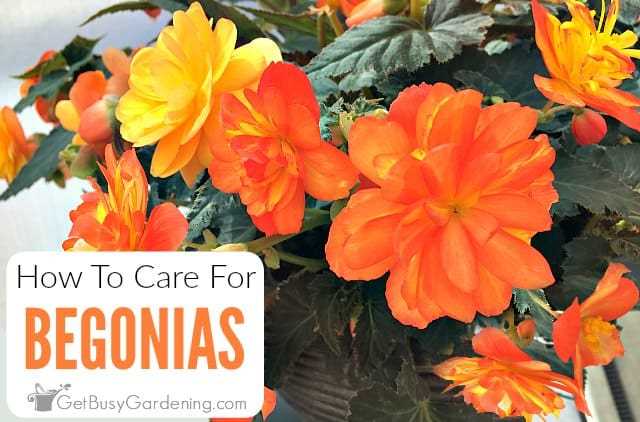
Elevate your cakes and baked goods by using pickled Begonia Everblooming flowers as edible decorations. Simply place them on top of your cake or use them to decorate cupcakes for a stunning and edible floral display.
8. Resin Art
If you enjoy working with resin, pickled Begonia Everblooming flowers can be embedded into your resin art creations to add a unique and natural element. Their preserved petals will retain their vibrant colors, making them a beautiful addition to any resin piece.
These are just a few creative ideas to get you started with using pickled Begonia Everblooming flowers. The possibilities are endless, so let your creativity flow and explore the beauty and versatility of these preserved flowers.
Frequently Asked Questions about Pickling Begonia Everblooming
What is pickling Begonia Everblooming?
Pickling Begonia Everblooming is a unique approach to preserving flowers. It involves using a solution of water, vinegar, and pickling salt to create a brine in which the flowers are placed. The brine helps to preserve the flowers and keep them looking fresh and vibrant for a longer period of time.
How long does pickled Begonia Everblooming last?
The longevity of pickled Begonia Everblooming depends on several factors, such as the quality of the flowers used, the pickling process, and the storage conditions. On average, pickled Begonia Everblooming can last anywhere from several months to a year or more.
Can I eat pickled Begonia Everblooming?
No, pickled Begonia Everblooming is not meant to be consumed. The pickling process is purely for preservation and aesthetic purposes, and the flowers should not be ingested.
Can I use any type of Begonia for pickling?

While many types of Begonia can be pickled, the Everblooming variety is particularly well-suited for this preservation method due to its long-lasting blooms. However, other Begonia varieties can also be used, as long as they are in good condition and free from pests or diseases.
Are there any special care instructions for pickled Begonia Everblooming?
Once the Begonia Everblooming flowers have been pickled, they require very little care. It is important to store them in a cool, dry place away from direct sunlight to prevent discoloration or wilting. Handling the flowers gently and avoiding any excessive moisture or humidity will help preserve their appearance and longevity.
Can pickled Begonia Everblooming be used for floral arrangements?
Yes, pickled Begonia Everblooming can be used for floral arrangements. The preserved flowers can be arranged in vases, bouquets, or any other floral arrangement you desire. Their long-lasting nature makes them a popular choice for events and celebrations, as they can be enjoyed for an extended period of time.
Can I pickle other types of flowers using the same method?
Yes, the pickling method used for Begonia Everblooming can be applied to other flowers as well. However, it is important to note that different flowers may require slightly different pickling solutions or techniques. It is recommended to research the specific needs of the flowers you wish to pickle before attempting the process.
Where can I learn more about pickling Begonia Everblooming?
There are various resources available online and in books that provide more detailed information about pickling flowers, including pickling Begonia Everblooming. These resources can offer step-by-step instructions, tips, and inspiration for creating your own pickled flower arrangements.
Q&A:
What is pickling begonia everblooming?
Pickling begonia everblooming is a unique approach to preserving flowers. It involves treating the flowers with a special pickling solution to extend their lifespan and enhance their beauty.
How does pickling begonia everblooming work?
Pickling begonia everblooming works by immersing the flowers in a solution containing water, vinegar, and other preservatives. This solution helps to kill bacteria, prevent wilting, and maintain the vibrant colors of the flowers.
What are the benefits of pickling begonia everblooming?
Pickling begonia everblooming offers several benefits. It allows you to enjoy the beauty of fresh flowers for a longer period of time. It also preserves the flowers’ colors and prevents them from wilting, making them ideal for use in crafts, home decor, and special occasions.
Are there any specific types of begonia that are suitable for pickling?
Yes, there are specific types of begonia that are more suitable for pickling. Begonia everblooming varieties, such as Begonia semperflorens and Begonia boliviensis, are the best choices for this preservation method. These begonia varieties have long-lasting blooms and are more likely to thrive when pickled.
What is the process of pickling begonia everblooming?
The process of pickling begonia everblooming involves several steps. First, you need to prepare the pickling solution by combining water, vinegar, sugar, and other preservatives. Then, the flowers are immersed in the solution and left to soak for a certain period of time. Finally, the pickled flowers are rinsed and allowed to dry before they can be used or displayed.
Video:
how to grow begonias || begonia plant care || begonia flower || Begonia || begonia plant
